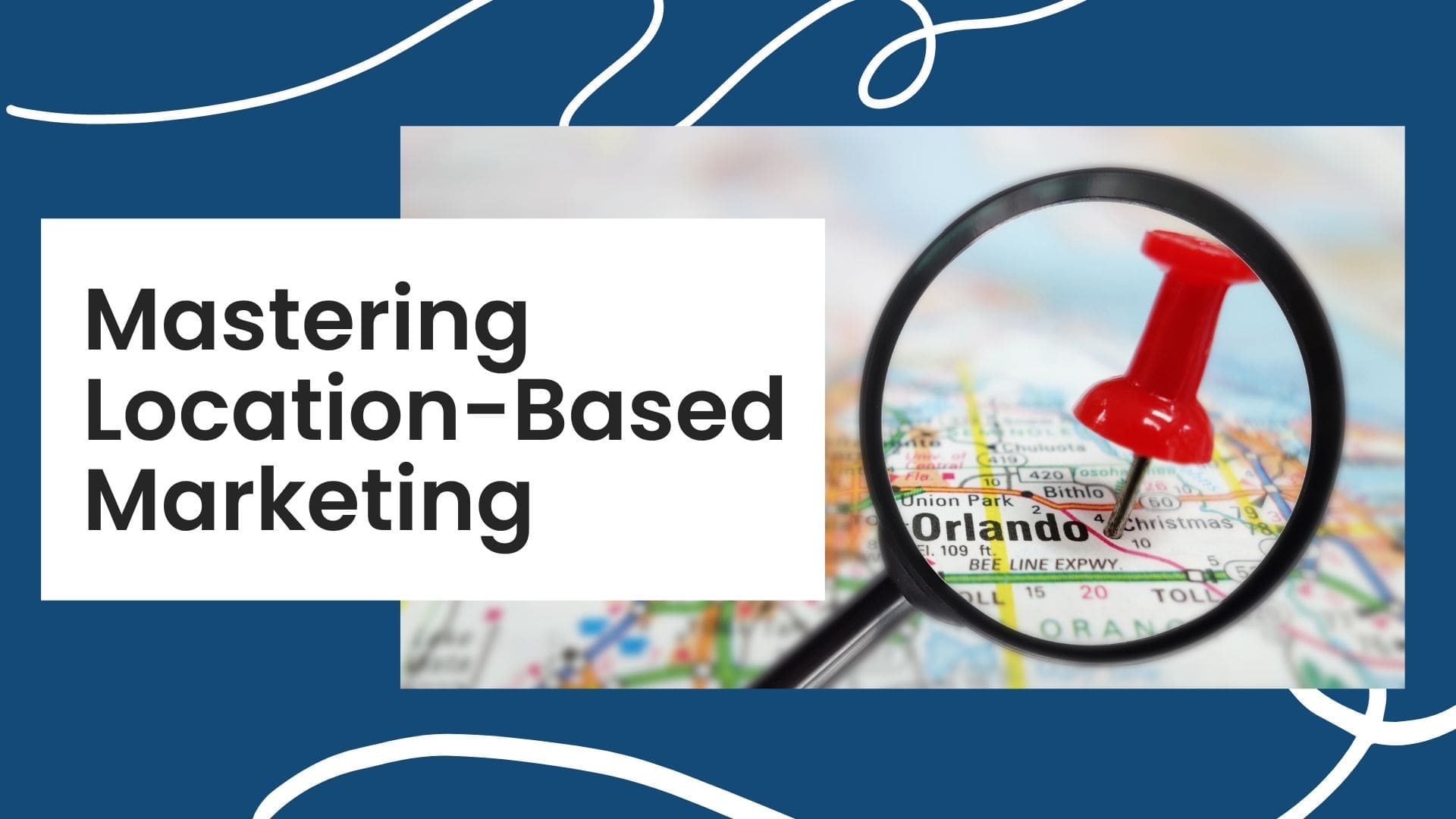
Location-based marketing is a highly effective strategy for small businesses to target potential customers within a specific geographical area. It leverages modern technology, such as GPS and mobile devices, to deliver personalized and relevant content to users based on their location. In this article, we will provide a step-by-step guide on how to implement location-based marketing for your small business, so you can reach the right audience at the right time.
The first step in creating a successful location-based marketing strategy is identifying the geographical area you want to target. This may include neighborhoods, cities, or even larger regions, depending on your business goals. To do this, you should:
By defining your target location, you can tailor your marketing efforts to the needs and preferences of your local audience.
Google My Business is a powerful tool for local businesses, as it allows you to manage your online presence across Google, including Search and Maps. It is essential for location-based marketing, as it helps improve your visibility in local search results. Follow our guide on claiming, managing, and improving your Google My Business profile for step-by-step instructions and optimization tips.
Having a mobile-friendly website is crucial for location-based marketing, as most users search for local businesses on their mobile devices. To create a mobile-friendly website:
By making your website mobile-friendly, you can ensure users have a seamless experience when interacting with your business online.
Local SEO involves optimizing your website for search results that are specific to a certain geographical area. It differs from traditional SEO in its focus on targeting users who are physically located near your business. To improve your visibility in local search results, follow these tips outlined in our article on the key benefits of local SEO.
Social media can be a powerful tool for location-based marketing, as it allows you to connect with local audiences and share relevant content. To effectively use social media for location-based marketing, you can:
For more tips and examples of successful social media campaigns, read our article on the dos and don’ts of local business marketing.
Geotargeted ads are advertisements that are served to users based on their physical location. They can be an effective way to reach potential customers in your target area and drive traffic to your business. To create geotargeted ads:
Location-based push notifications are messages sent to users’ mobile devices when they enter a specific geographical area, such as near your business. They can be an effective way to drive foot traffic and increase sales. To set up location-based push notifications, you can:
Influencer marketing involves partnering with influential individuals who have a strong online presence in your target area. By working with local influencers, you can increase your brand visibility and credibility among your target audience. To partner with local influencers:
Measuring and analyzing the results of your location-based marketing efforts is crucial for understanding its effectiveness and making improvements. To track your success, you can:
Mastering location-based marketing is essential for small businesses looking to grow both online and offline. By following the steps outlined in this guide, you can create a targeted and effective marketing strategy that reaches the right audience at the right time. With the right tools and techniques, you can make the most of location-based marketing and improve your overall business performance.
Some key elements include having a mobile-friendly website, optimizing your website for local SEO, using geotargeted ads, and leveraging social media channels.
You must be logged in to post a comment.
